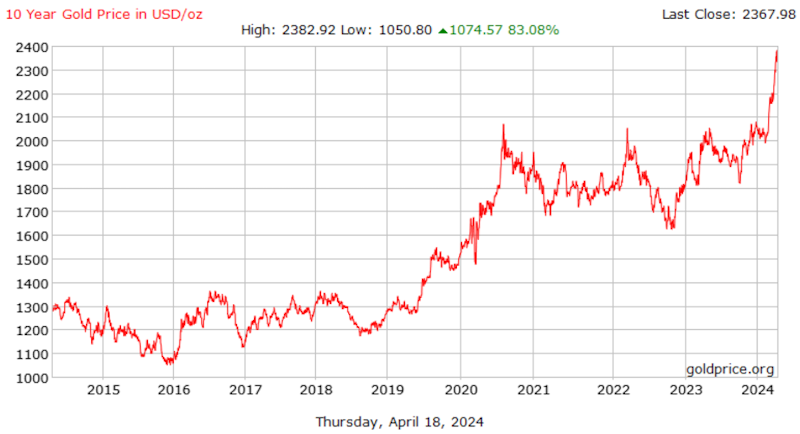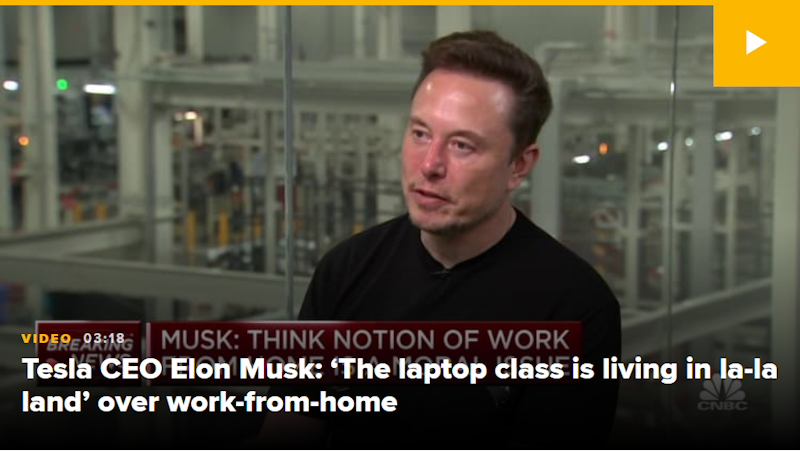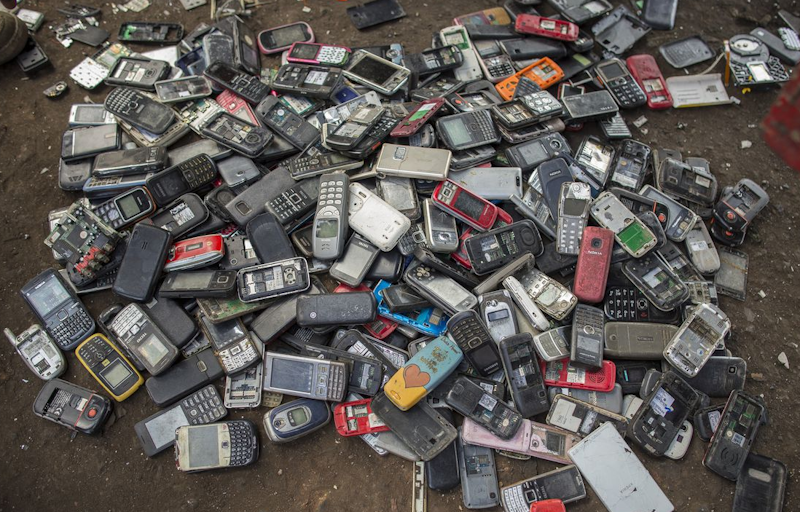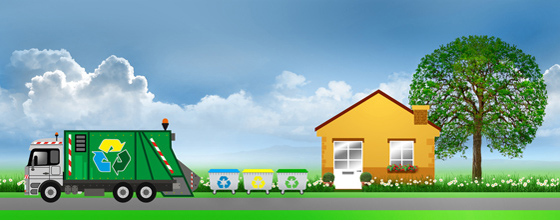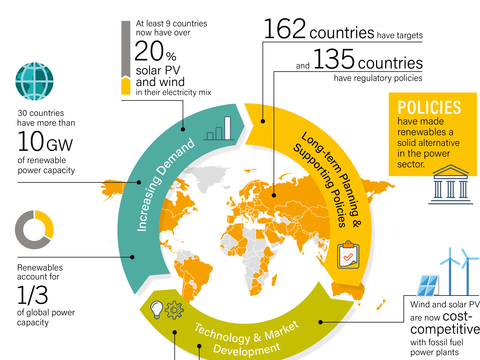
There are many ways to trade financial assets, including stock, bonds, real assets, even Gold IRAs is a form of financial investment! But in the dynamic world of financial markets, futures contracts are essential derivative products for sophisticated traders looking to implement professional trading strategies such as scalping, to hedge against fluctuations in the price of an asset or to actively speculate in markets such as commodities.
So let’s demystify the operation and use of futures contracts, by exploring their characteristics, their advantages, as well as the techniques and essential information for trading them effectively on the stock market.
A future contract, what is it
Futures contracts are part of the large family of derivative products. Initially reserved for financial professionals, they are now accessible to most individual traders.
Future contract definition
A future is a negotiable futures contract for the purchase or sale relating to an underlying asset (such as gold), thus allowing one to position oneself on the rise or fall in the value of an asset. The contract is standardized and processed on an organized market (as opposed to the OTC market where financial products are processed over the counter, such as CFDs for example). Futures contracts include a deadline called maturity.
History of Futures Contracts
Anecdotally, the beginnings of futures can be dated to the Babylonian period. So, nothing new under the sun, or almost, concerning the principle of the futures contract. But if we take a more serious interest in standardized futures contracts, we can make their appearance coincide with the creation of the CBOT (Chicago Board Of Trade), in 1848. The CBOT was the first stock exchange offering futures contracts dedicated to cereals. In 1874, the CME (Chicago Mercantile Exchange) also offered futures, mainly for cattle.
Fluctuations in the price of a future contract accompany those of the underlying with a quotation spread which depends on several factors:
- time value until maturity
- cost of capital immobilization compared to the risk-free rate
- value of dividends (if stock or index) not received by the contracts
Thus, a few minutes before expiry, except for final arbitrages, the value of the contracts is equal to the value of the underlying asset known as cash.
Future contract deadlines
Deadlines depend on contract specifications. Generally quarterly on the indices, except for the CAC40 (Future CAC or FCE).
In all cases, the contract is associated with the year and month of expiry.
Trading hours for futures contracts
Each future contract will have its own time specifications. We are in a regulated and regulated world.
There are many underlyings for futures including gold. The FCE contract (CAC 40) opens trading at 08:00 and closes at 22:00. The DAX contract (DAX40), which opened at the same times as the CAC, has been offering extended hours since 2021, starting at 02:15 and ending at 22:00. The benefit is obvious, in the case of a swing or overnight position, having extended hours will allow us to avoid or limit gaps and therefore allows us to better manage our risk on stop losses.
The characteristics and advantages of futures contracts
Liquidity of futures
Futures contracts generally have good liquidity, unless we venture into exotic contracts. But the basis for having good liquidity is to process the contract on the current maturity. Liquidity is defined as the trader’s ability to be able to open and close a position while having a counterparty at any time. The absence of liquidity will lead to a wide spread (gap between buyer and seller) and therefore to hidden costs for closing your position.
A buy or sell position for futures contracts
A future allows you to buy, to position yourself long on the underlying, but the future also allows you to sell, to position you short and therefore speculate on the decline.
The notion of margin: a characteristic to take into account for Futures. The purchase of the future triggers the taking of a margin by the broker. This margin represents between 5 and 10% of the value of the contract, depending on regulatory requirements but also on the volatility of the underlying. The more volatile the underlying, the more the requested margin can be extended. The margin requested also varies depending on the broker and the use (intraday or overnight) and the purpose (position opening or maintenance).
To make trading easier, it is advisable to take the maximum margin as a reference, except for very experienced traders, very active intraday, who will opt for the minimum margins.
Leverage: the double-edged tool of futures contracts
The leverage effect follows directly from the notion of margin that we have just studied. All traders in the world agree with that, but we must never forget that lever 10 works in both directions: as much for the gains that we welcome with a smile, as for the losses, which more specifically make us cringe. To be clear, a 1% drop in the gold future will cause you to lose 10% of your position. And therefore a 10% drop in gold will cause you to lose all your margin.
All traders must therefore strictly respect their money management rules, and all the more strictly if they use leverage.
The margin call: a component not to be neglected when trading futures contracts
The margin call is the additional margin requested by the broker. In reality, everything happens mechanically. It is obviously strongly discouraged to use maximum leverage. Only in movies do we see traders getting excited about their margin calls. The advice is therefore to never go beyond a leverage of 2 or 3 (already being a little master of your subject) and only very experienced traders will be able to go beyond without ever exceeding a leverage of 5.
Relatively low brokerage fees for futures contracts
Futures brokerage fees are low compared to other products. This is a key advantage of this product. The price for a contract will be around $1.5 (depending on the brokers) or 0.0004%. We are far from the fees we pay on stocks for example.
Rolling maturities: a practice intended to preserve future contracts
Since contracts have expiry dates, maintaining positions over several weeks or months will require us to roll our positions, which simply means exiting the current contract to reposition on the contract with the next expiry date. If I am selling on gold and I want to keep my contract, because I have bearish objectives over several weeks, I must roll by buying the next contract and selling one new contract, when the future expiration approaches.


